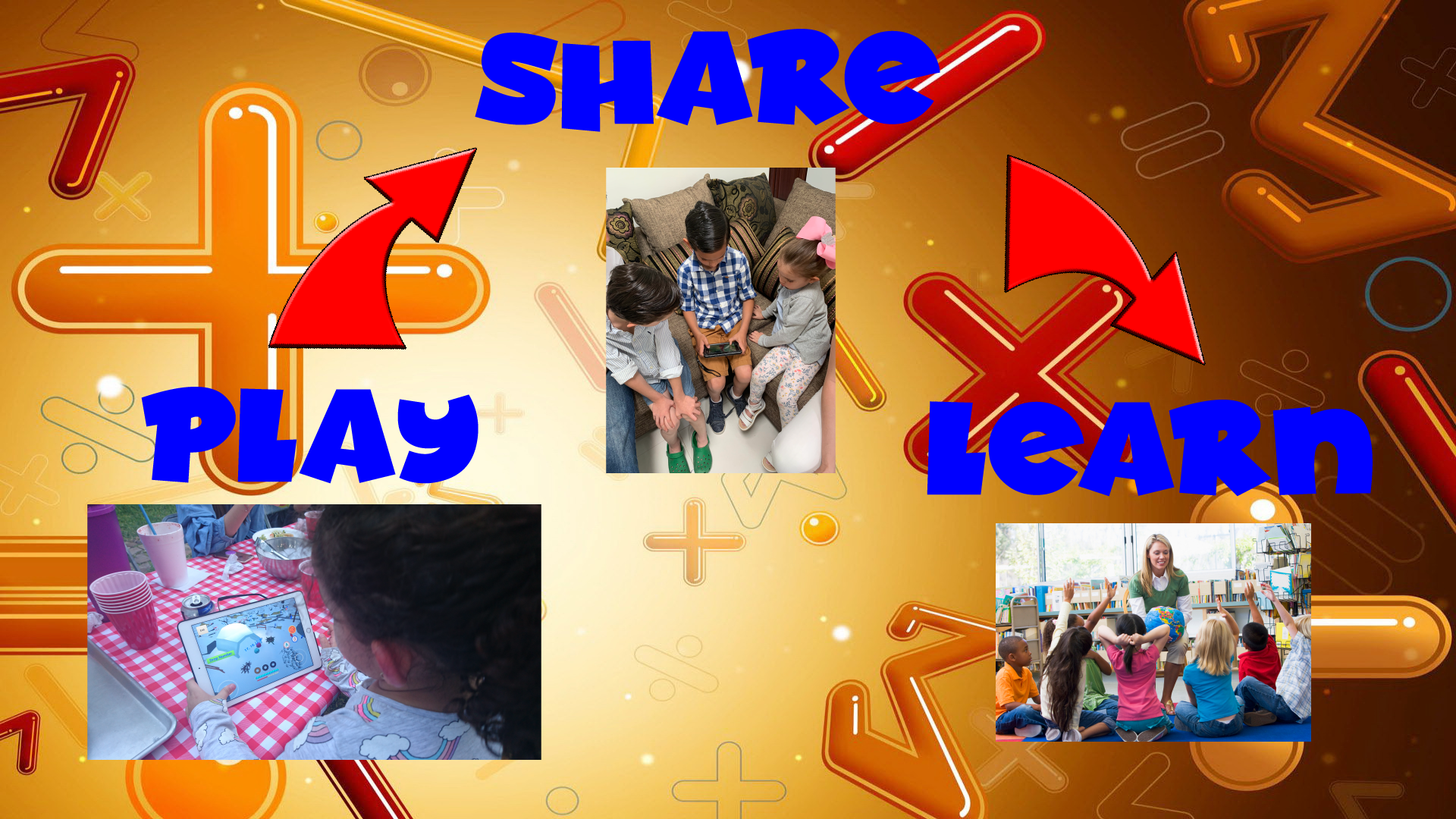Math for K12 Education.
Math Reinvented
At Steam To Teach we care about the future of education, which is why we have taken the challenge to reinvent how we teach math to k12 students.
After years of research we found that it is in the first school years where we have the best opportunity to make children become interested in math. The problem though is that most math teaching methods do not motivate students resulting in the lack of interest.
To solve this challenge we create AAA Games where kids learn math while having tons of fun. The idea behind these games is that in order to keep playing, children must solve various mathematical challenges. The games are also packed with interesting stories and state of the art graphics, voices & characters so they feel like real AAA games like Fortnite and other popular titles.
